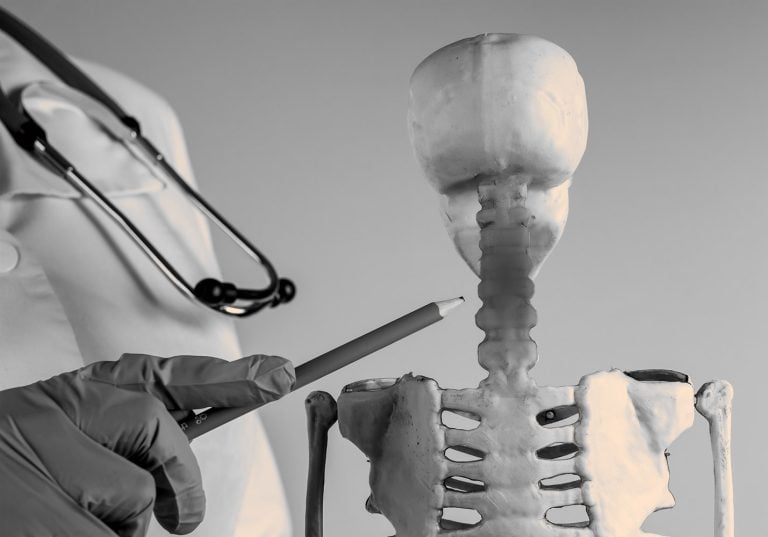Have you ever wondered what happens when you experience a neck injury or whiplash? You’re not alone. Millions of people in the United States alone are involved in rear-end collisions every year, and many of them end up dealing with neck injuries, including the infamous whiplash. Let’s dive into what neck injuries are, what whiplash is, and how it happens.
The Common Scenario
Picture this: you’re sitting at a red light or in traffic, safely strapped in with your seatbelt. Suddenly, you feel a jolt from behind. Another vehicle, whose driver may not have been paying enough attention, has collided with the back of your car. This is an all-too-common scenario on our roads.
Now, here’s where things get interesting. Your body is held firmly in place by your seatbelt, but your head is not. It’s like having a 25-pound bowling ball on your shoulders. When the collision happens, your head gets thrown forward. You’d think that airbags might prevent this, but they’re typically designed to deploy in head-on crashes, not rear-end collisions. So, your head experiences a significant forward force, causing your cervical spine (the part of your spine in your neck) to undergo a tremendous strain.
Once your head reaches its farthest point forward, limited by your stretched neck, it bounces back towards the headrest, almost like it’s attached to your body by a rubber band. This back-and-forth motion can happen a few times until both you and the vehicle come to a complete stop.
Speed Isn’t Everything
Now, here’s the important part. Many people believe that the speed of the impact is the only factor that determines whether a neck injury occurs in such situations. However, it’s not just the speed; it’s also about the force impulse generated by the collision. In simpler terms, it’s about how quickly the collision happens.
Even low-speed, low-impact collisions can have a significant impact on your cervical spine. It’s not just about high-speed crashes; it’s about the forces involved and how they affect your neck during those critical moments of impact.
So, if you’ve ever wondered why a seemingly minor fender-bender could leave you with neck pain and discomfort, it’s because the forces generated during the collision can put a lot of strain on your neck, regardless of the speed involved.
Understanding these factors is essential for recognizing the potential for neck injuries in various types of accidents. It also highlights the importance of seeking medical attention and proper care after any accident, no matter how minor it may seem. Neck injuries, including whiplash, can have far-reaching consequences, and early intervention can make a significant difference in your recovery.




